“Reference Stations” are used to precisely locate a piece of glass for a further processing step. Also called “Squaring”, “Centering” or “Locating” Stations, the design of these machine can be relatively straightforward, to very complex. It is necessary to understand the requirements or specifications of the next processing step, especially what tolerance is required. The tolerance greatly affects the complexity of the design, and typically the cost of the system goes up as the tolerance requirements become tighter. Of course, the glass shape will usually determine the design and the number of axes required. Other things to consider include:
- Incoming glass tolerance
- Incoming glass edge, e.g. raw, ground
- Flat glass or bent glass.
- Rectangles, vs. shaped glass ( automotive shapes such as quarterlites, sidelites, backlites, windshields, and symmetrical vs. asymmetrical shapes)
- Minimum and maximum sizes
- Cycle time
- Tolerance requirements – part location within a +/- range
- Datum requirements – either for the processing system or for quality measurement
- Centering of the part or edge referencing to one or two sides
- Manually loaded location systems or automatically loaded (via conveyor or shuttle)
- Physical location or non-contact location (laser, vision, etc.)

 Breakout Machines
Breakout Machines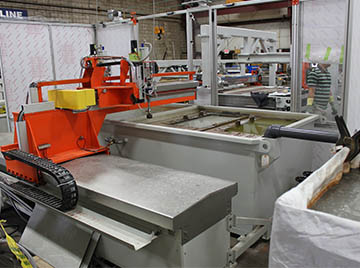 Waterjet Glass Cutting Machines
Waterjet Glass Cutting Machines Rectangular Glass Edging/Seaming Machines
Rectangular Glass Edging/Seaming Machines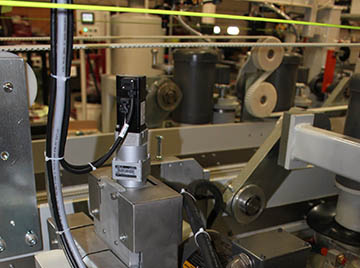 Edge Deletion Machines
Edge Deletion Machines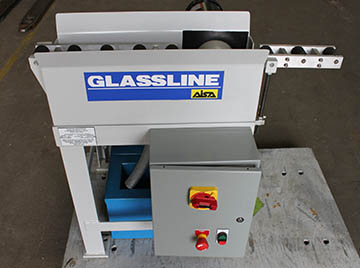 Manual Grinding Machines
Manual Grinding Machines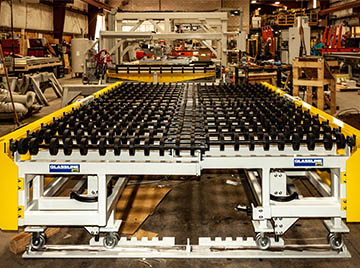 Laminated Glass Machines
Laminated Glass Machines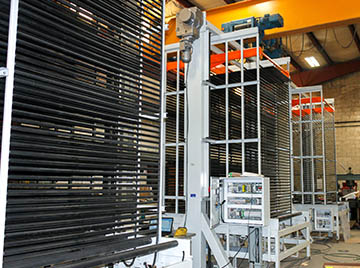 Material Handling Machines
Material Handling Machines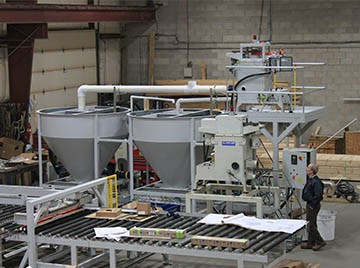 Centrifuge Filtration Systems
Centrifuge Filtration Systems Other Special Glass Machines
Other Special Glass Machines Silkscreen and Drying Printing Machines
Silkscreen and Drying Printing Machines
